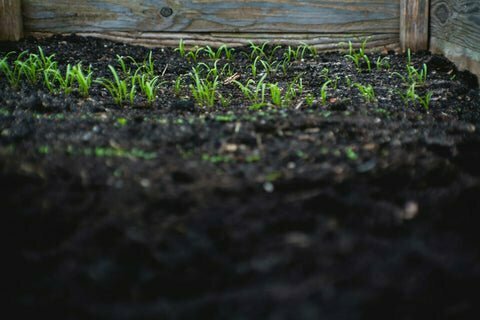Differences Between Coco Coir Peat and Sphagnum Peat Moss
Even if you’re someone who only has a passing interest in horticulture, the likelihood is that you will have heard of peat moss. It’s a material that has been used in garden soil for decades, due to the many nurturing characteristics it offers to healthy plant growth. Something that’s not so well known is the relatively new alternative to sphagnum peat moss: coco coir peat or coir compost as it’s also known.
Created from the fibrous outer husk of the coconut, mixing coco peat into soil offers a range of benefits to domestic and professional gardeners. This leads us to the obvious question: which is the better option? In a bid to answer that question, let’s look at each in closer detail.
COMPARING PEAT MOSS TO COCO COIR PEAT
Peat moss
Sphagnum moss is found in peat bogs across northern Europe, Canada and North America. It can take centuries to form. Peat moss is known to hold water and is well aerated, but it does also have a few traits which gardeners need to consider before use.
Peat moss is not a sustainable product. It takes a long time to replenish, and its removal can have consequences for peat bog ecosystems. In addition, as a growing substance it can also be more acidic than most plants in the garden prefer. It also doesn’t have a long shelf life. When peat moss dries out, it becomes hydrophobic. This means it becomes almost impossible to rehydrate, regardless of the water it comes into contact with.
Coco coir peat
Coco coir peat (aka coco peat) is a completely eco-friendly option. It makes use of the fibrous material of the coconut (coco coir) which is a natural by-product of the coconut farming industry. If they are not reused, coconut husks simply end up going to landfill. The choice to manufacture coco peat is therefore good for the environment and an economic boon.
Like peat moss, adding coco peat to soil also helps with aeration and water retention. Unlike peat moss, coco coir peat needs less water to achieve the same level of hydration. In addition, coco peat is not spoiled after use – it’s possible to wash and reuse coco peat once a gardening project has come to an end and the soil is no longer needed.
While opinions may differ as to whether the manufacture of coco peat is truly sustainable, there is no doubt that – compared with peat moss – it fares much better: unlike the destruction of peat bogs which takes centuries to reverse, coconuts are easily replenishable.
WHICH SUBSTRATE SHOULD YOU CHOOSE FOR YOUR SOIL?
In terms of sustainability and longevity, coco peat clearly has an advantage over sphagnum moss. While there are two options, both with similar benefits for plant growth, peat moss as a product has a greater negative impact on the environment. As such, there is only one positive choice to be made.
At Coco & Coir, creating a greener world is at the very centre of everything we do. By spreading the word about sustainable gardening methods, like the use of coco coir, we are helping to educate gardeners everywhere about the benefits of coco coir peat and the issues which surround the sustainability of sphagnum moss harvesting.
Our website can help you find everything you need to know about us, as well as details of our coconut-based products. Alternatively, if you would like to speak to one of our friendly experts, give us a call on 0207 1756786.











